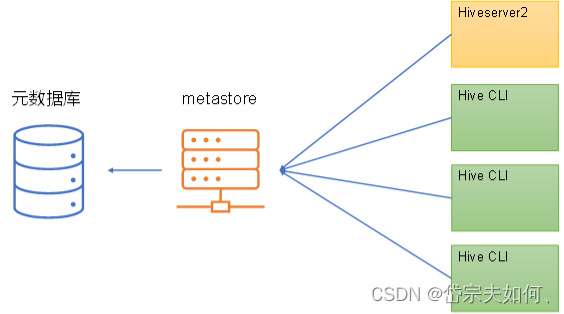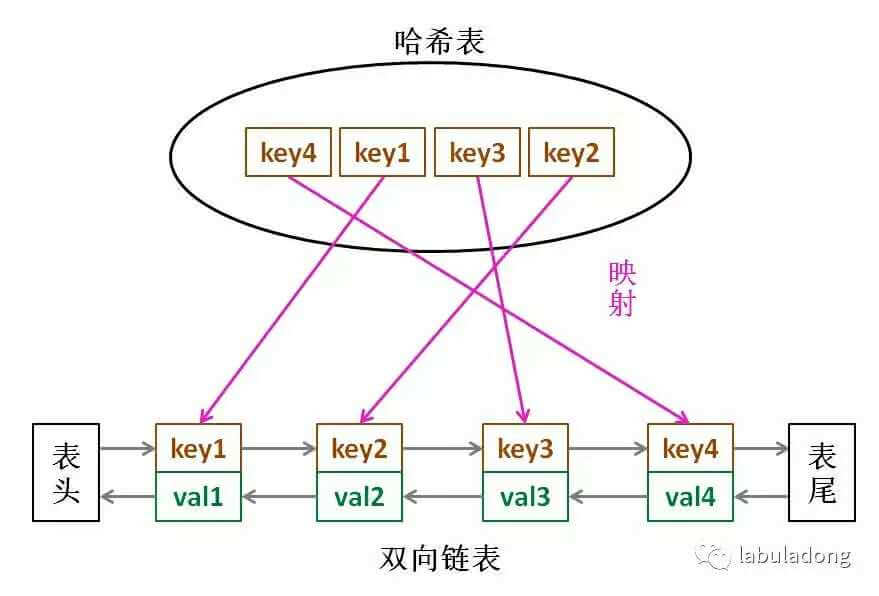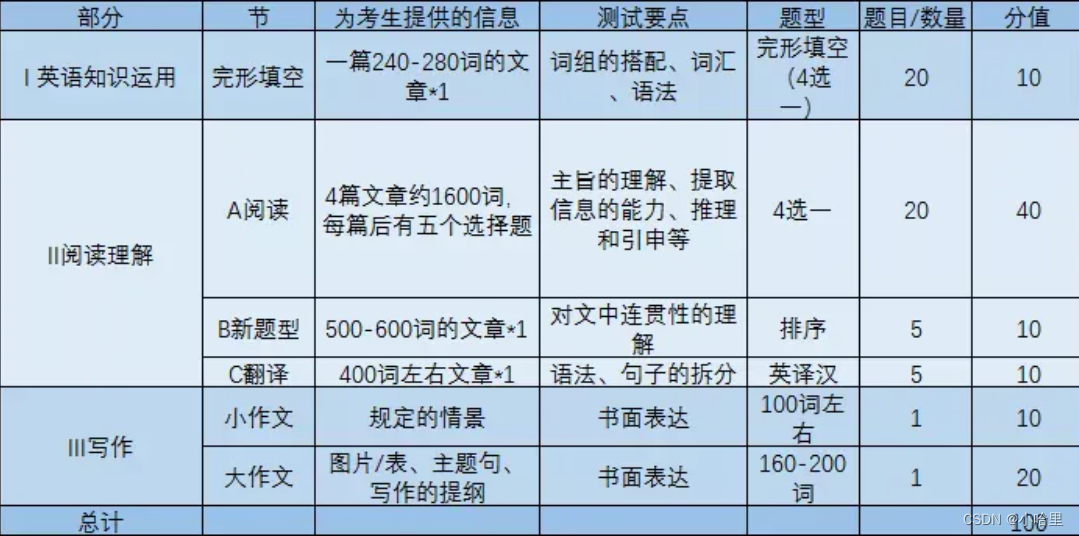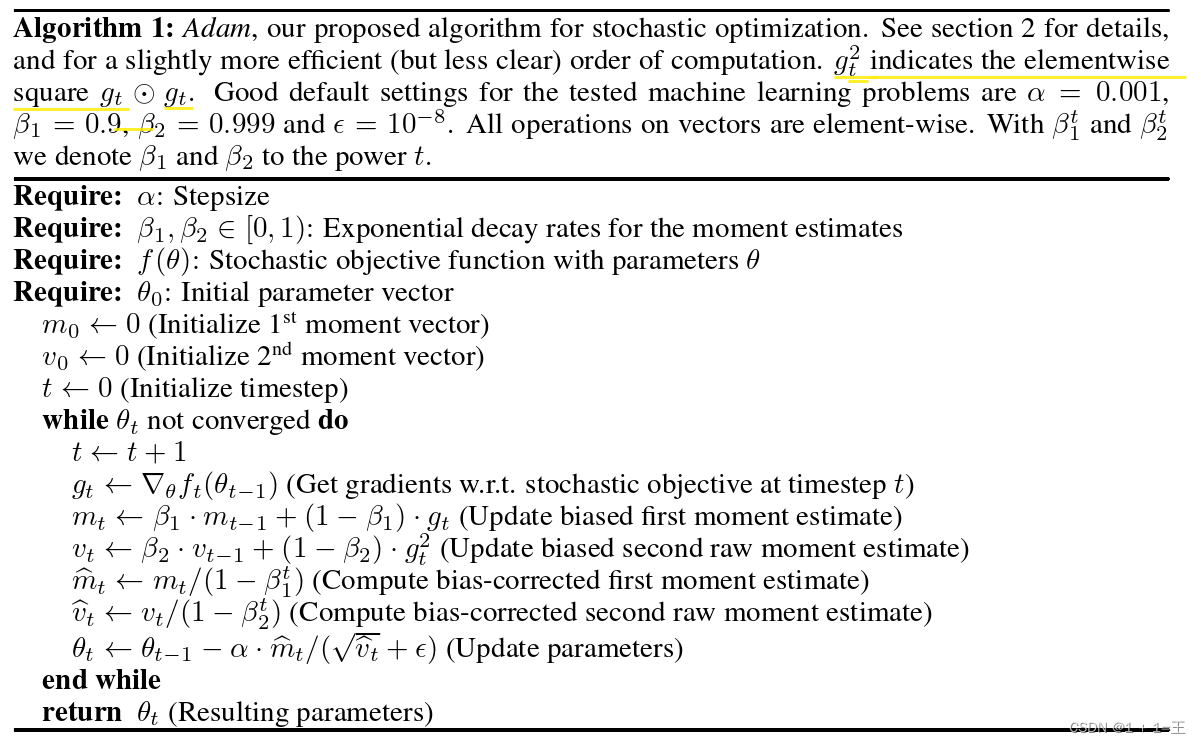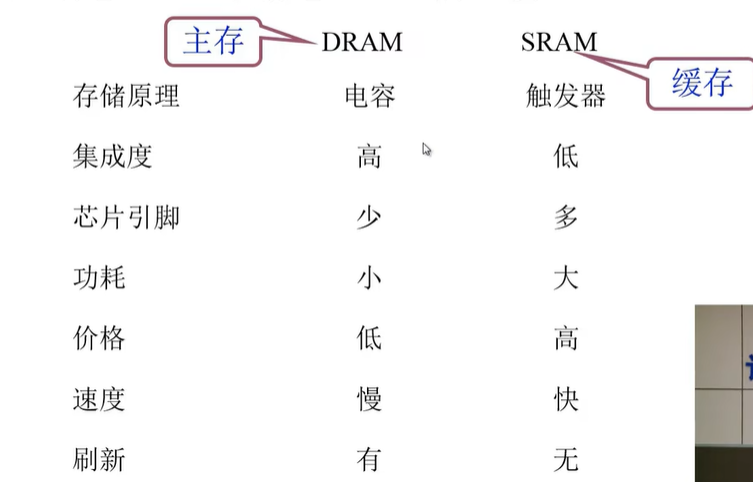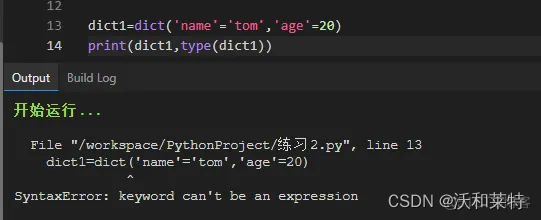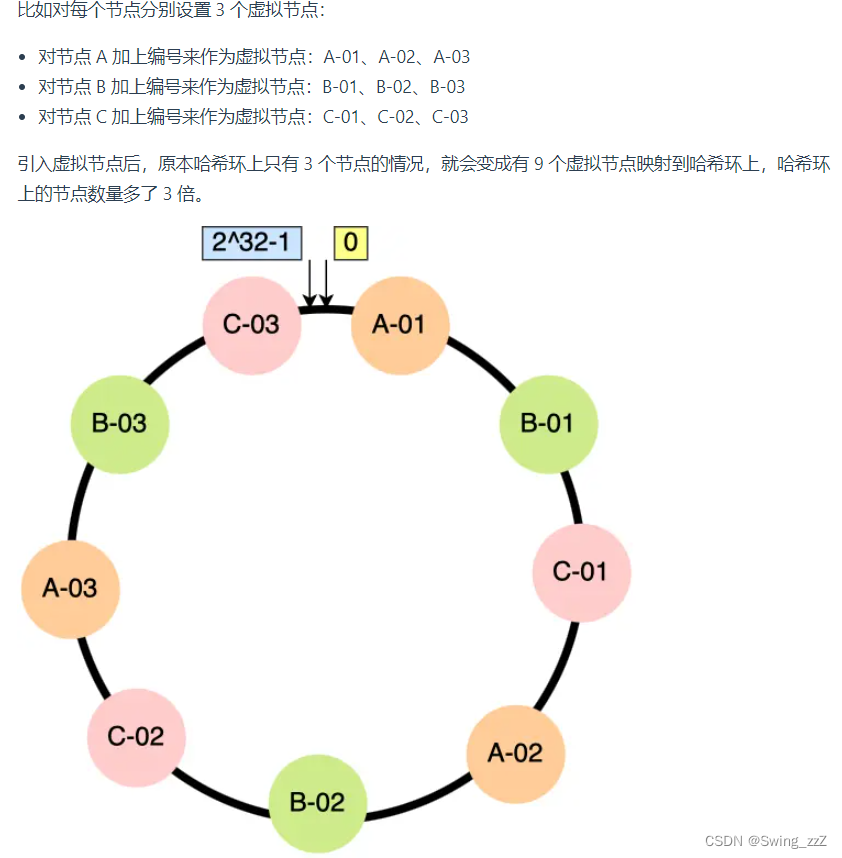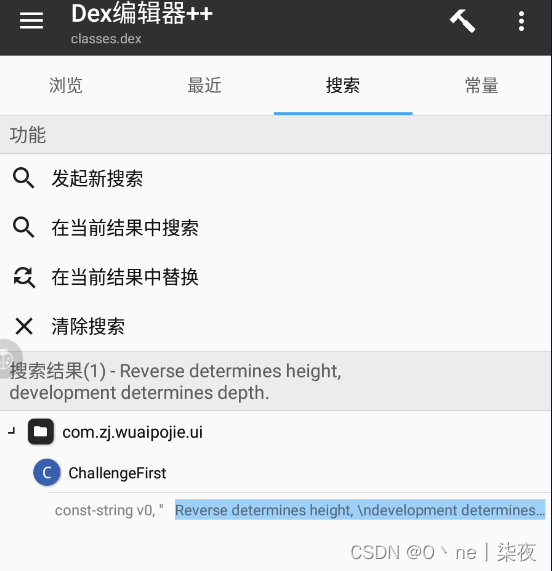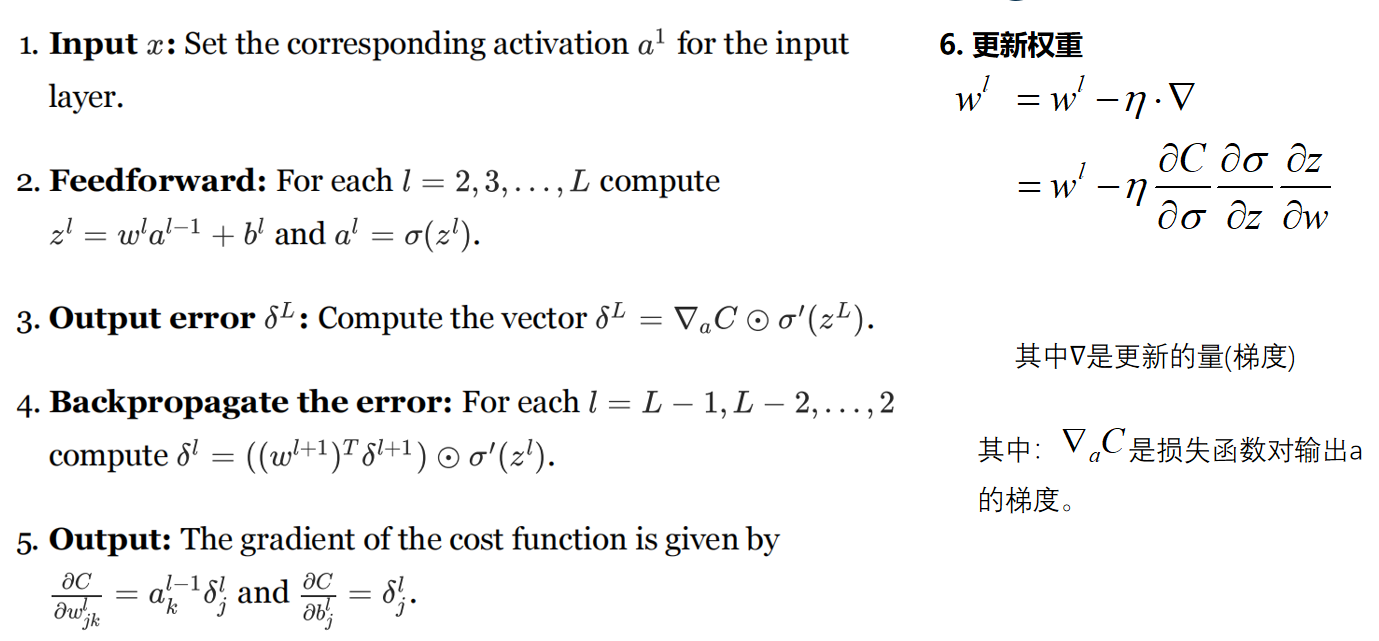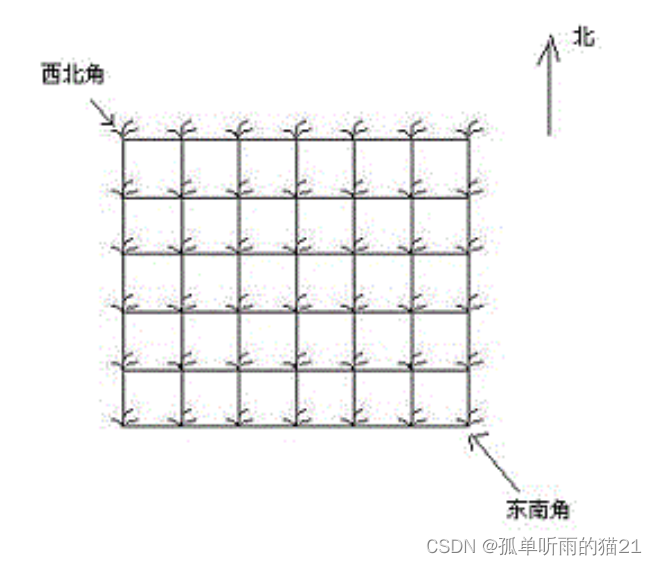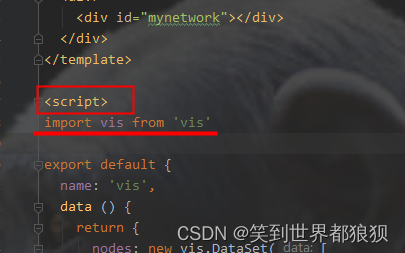在以SpringBoot开发Restful接口时,当流量超过服务极限能力时,系统可能会出现卡死、崩溃的情况,所以就有了降级和限流。在接口层如何做限流呢? 本文主要回顾限流的知识点,并实践单实例限流的一种思路。
- SpringBoot接口 - 如何实现接口限流之单实例
- 准备知识点
- 为什么要限流
- 限流有哪些常见思路?
- 实现思路
- 定义RateLimit注解
- 定义AOP
- 自定义相关异常
- 统一结果返回封装
- controller接口
- 接口测试
- 上述实现方案的槽点
- 示例源码
- 准备知识点
# 准备知识点
主要的知识点,请参考架构之高并发:限流, 这里小结下。
# 为什么要限流
每个系统都有服务的上线,所以当流量超过服务极限能力时,系统可能会出现卡死、崩溃的情况,所以就有了降级和限流。限流其实就是:当高并发或者瞬时高并发时,为了保证系统的稳定性、可用性,系统以牺牲部分请求为代价或者延迟处理请求为代价,保证系统整体服务可用。
# 限流有哪些常见思路?
- 从算法上看
令牌桶(Token Bucket)、漏桶(leaky bucket)和计数器算法是最常用的三种限流的算法。
- 单实例
应用级限流方式只是单应用内的请求限流,不能进行全局限流。
- 限流总资源数
- 限流总并发/连接/请求数
- 限流某个接口的总并发/请求数
- 限流某个接口的时间窗请求数
- 平滑限流某个接口的请求数
- Guava RateLimiter
- 分布式
我们需要分布式限流和接入层限流来进行全局限流。
- redis+lua实现中的lua脚本
- 使用Nginx+Lua实现的Lua脚本
- 使用 OpenResty 开源的限流方案
- 限流框架,比如Sentinel实现降级限流熔断
# 实现思路
主要思路:AOP拦截自定义的RateLimit注解,在AOP中通过Guava RateLimiter; Guava RateLimiter提供了令牌桶算法实现:平滑突发限流(SmoothBursty)和平滑预热限流(SmoothWarmingUp)实现。
# 定义RateLimit注解
package tech.pdai.ratelimit.guava.config.ratelimit;
import java.lang.annotation.ElementType;
import java.lang.annotation.Retention;
import java.lang.annotation.RetentionPolicy;
import java.lang.annotation.Target;
/**
* @author pdai
*/
@Target(ElementType.METHOD)
@Retention(RetentionPolicy.RUNTIME)
public @interface RateLimit {
int limit() default 10;
}
# 定义AOP
package tech.pdai.ratelimit.guava.config.ratelimit;
import java.lang.reflect.Method;
import java.util.concurrent.ConcurrentHashMap;
import com.google.common.util.concurrent.RateLimiter;
import lombok.extern.slf4j.Slf4j;
import org.aspectj.lang.ProceedingJoinPoint;
import org.aspectj.lang.annotation.Around;
import org.aspectj.lang.annotation.Aspect;
import org.aspectj.lang.annotation.Pointcut;
import org.aspectj.lang.reflect.MethodSignature;
import org.springframework.core.annotation.AnnotationUtils;
import org.springframework.stereotype.Component;
/**
* @author pdai
*/
@Slf4j
@Aspect
@Component
public class RateLimitAspect {
private final ConcurrentHashMap<String, RateLimiter> EXISTED_RATE_LIMITERS = new ConcurrentHashMap<>();
@Pointcut("@annotation(tech.pdai.ratelimit.guava.config.ratelimit.RateLimit)")
public void rateLimit() {
}
@Around("rateLimit()")
public Object around(ProceedingJoinPoint point) throws Throwable {
MethodSignature signature = (MethodSignature) point.getSignature();
Method method = signature.getMethod();
RateLimit annotation = AnnotationUtils.findAnnotation(method, RateLimit.class);
// get rate limiter
RateLimiter rateLimiter = EXISTED_RATE_LIMITERS.computeIfAbsent(method.getName(), k -> RateLimiter.create(annotation.limit()));
// process
if (rateLimiter!=null && rateLimiter.tryAcquire()) {
return point.proceed();
} else {
throw new RuntimeException("too many requests, please try again later...");
}
}
}
# 自定义相关异常
package tech.pdai.ratelimit.guava.config.exception;
import lombok.extern.slf4j.Slf4j;
/**
* business exception, besides normal exception.
*
* @author pdai
*/
@Slf4j
public class BusinessException extends RuntimeException {
/**
* Constructs a new exception with {@code null} as its detail message. The cause is not initialized, and may
* subsequently be initialized by a call to {@link #initCause}.
*/
public BusinessException() {
super();
}
/**
* Constructs a new exception with the specified detail message. The cause is not initialized, and may subsequently
* be initialized by a call to {@link #initCause}.
*
* @param message the detail message. The detail message is saved for later retrieval by the {@link #getMessage()}
* method.
*/
public BusinessException(final String message) {
super(message);
}
/**
* Constructs a new exception with the specified detail message and cause.
* <p>
* Note that the detail message associated with {@code cause} is <i>not</i> automatically incorporated in this
* exception's detail message.
*
* @param message the detail message (which is saved for later retrieval by the {@link #getMessage()} method).
* @param cause the cause (which is saved for later retrieval by the {@link #getCause()} method). (A <tt>null</tt>
* value is permitted, and indicates that the cause is nonexistent or unknown.)
* @since 1.4
*/
public BusinessException(final String message, final Throwable cause) {
super(message, cause);
}
/**
* Constructs a new exception with the specified cause and a detail message of
* <tt>(cause==null ? null : cause.toString())</tt> (which typically contains the class and detail message of
* <tt>cause</tt>). This constructor is useful for exceptions that are little more than wrappers for other
* throwables (for example, {@link java.security.PrivilegedActionException}).
*
* @param cause the cause (which is saved for later retrieval by the {@link #getCause()} method). (A <tt>null</tt>
* value is permitted, and indicates that the cause is nonexistent or unknown.)
* @since 1.4
*/
public BusinessException(final Throwable cause) {
super(cause);
}
/**
* Constructs a new exception with the specified detail message, cause, suppression enabled or disabled, and
* writable stack trace enabled or disabled.
*
* @param message the detail message.
* @param cause the cause. (A {@code null} value is permitted, and indicates that the cause is nonexistent or
* unknown.)
* @param enableSuppression whether or not suppression is enabled or disabled
* @param writableStackTrace whether or not the stack trace should be writable
* @since 1.7
*/
protected BusinessException(final String message, final Throwable cause, boolean enableSuppression,
boolean writableStackTrace) {
super(message, cause, enableSuppression, writableStackTrace);
}
}
异常的处理
package tech.pdai.ratelimit.guava.config.exception;
import lombok.extern.slf4j.Slf4j;
import org.springframework.web.bind.annotation.ExceptionHandler;
import org.springframework.web.bind.annotation.ResponseBody;
import org.springframework.web.bind.annotation.RestControllerAdvice;
import tech.pdai.ratelimit.guava.config.response.ResponseResult;
import tech.pdai.ratelimit.guava.config.response.ResponseStatus;
/**
* @author pdai
*/
@Slf4j
@RestControllerAdvice
public class GlobalExceptionHandler {
/**
* handle business exception.
*
* @param businessException business exception
* @return ResponseResult
*/
@ResponseBody
@ExceptionHandler(BusinessException.class)
public ResponseResult<BusinessException> processBusinessException(BusinessException businessException) {
log.error(businessException.getLocalizedMessage());
return ResponseResult.fail(null, businessException.getLocalizedMessage()==null
? ResponseStatus.HTTP_STATUS_500.getDescription()
:businessException.getLocalizedMessage());
}
/**
* handle other exception.
*
* @param exception exception
* @return ResponseResult
*/
@ResponseBody
@ExceptionHandler(Exception.class)
public ResponseResult<Exception> processException(Exception exception) {
log.error(exception.getLocalizedMessage(), exception);
return ResponseResult.fail(null, ResponseStatus.HTTP_STATUS_500.getDescription());
}
}
# 统一结果返回封装
package tech.pdai.ratelimit.guava.config.response;
import java.io.Serializable;
import lombok.AllArgsConstructor;
import lombok.Builder;
import lombok.Data;
import lombok.NoArgsConstructor;
@NoArgsConstructor
@AllArgsConstructor
@Data
@Builder
public class ResponseResult<T> {
/**
* response timestamp.
*/
private long timestamp;
/**
* response code, 200 -> OK.
*/
private String status;
/**
* response message.
*/
private String message;
/**
* response data.
*/
private T data;
/**
* response success result wrapper.
*
* @param <T> type of data class
* @return response result
*/
public static <T> ResponseResult<T> success() {
return success(null);
}
/**
* response success result wrapper.
*
* @param data response data
* @param <T> type of data class
* @return response result
*/
public static <T> ResponseResult<T> success(T data) {
return ResponseResult.<T>builder().data(data)
.message(ResponseStatus.SUCCESS.getDescription())
.status(ResponseStatus.SUCCESS.getResponseCode())
.timestamp(System.currentTimeMillis())
.build();
}
/**
* response error result wrapper.
*
* @param message error message
* @param <T> type of data class
* @return response result
*/
public static <T extends Serializable> ResponseResult<T> fail(String message) {
return fail(null, message);
}
/**
* response error result wrapper.
*
* @param data response data
* @param message error message
* @param <T> type of data class
* @return response result
*/
public static <T> ResponseResult<T> fail(T data, String message) {
return ResponseResult.<T>builder().data(data)
.message(message)
.status(ResponseStatus.FAIL.getResponseCode())
.timestamp(System.currentTimeMillis())
.build();
}
}
# controller接口
package tech.pdai.ratelimit.guava.controller;
import lombok.extern.slf4j.Slf4j;
import org.springframework.web.bind.annotation.GetMapping;
import org.springframework.web.bind.annotation.RestController;
import tech.pdai.ratelimit.guava.config.ratelimit.RateLimit;
import tech.pdai.ratelimit.guava.config.response.ResponseResult;
/**
* @author pdai
*/
@Slf4j
@RestController
public class RateLimitTestController {
@RateLimit
@GetMapping("/limit")
public ResponseResult<String> limit() {
log.info("limit");
return ResponseResult.success();
}
@RateLimit(limit = 5)
@GetMapping("/limit1")
public ResponseResult<String> limit1() {
log.info("limit1");
return ResponseResult.success();
}
@GetMapping("/nolimit")
public ResponseResult<String> noRateLimiter() {
log.info("no limit");
return ResponseResult.success();
}
}
# 接口测试
@SneakyThrows
public static void test(int clientSize) {
CountDownLatch downLatch = new CountDownLatch(clientSize);
ExecutorService fixedThreadPool = Executors.newFixedThreadPool(clientSize);
IntStream.range(0, clientSize).forEach(i ->
fixedThreadPool.submit(() -> {
RestTemplate restTemplate = new RestTemplate();
restTemplate.getForObject("http://localhost:8080/limit1", ResponseResult.class);
downLatch.countDown();
})
);
downLatch.await();
fixedThreadPool.shutdown();
}
测试结果
2021-10-01 15:22:47.171 INFO 30092 --- [nio-8080-exec-4] t.p.r.g.c.RateLimitTestController : limit1
2021-10-01 15:22:47.171 INFO 30092 --- [nio-8080-exec-8] t.p.r.g.c.RateLimitTestController : limit1
2021-10-01 15:22:47.171 INFO 30092 --- [nio-8080-exec-5] t.p.r.g.c.RateLimitTestController : limit1
2021-10-01 15:22:47.187 INFO 30092 --- [nio-8080-exec-9] t.p.r.g.c.RateLimitTestController : limit1
2021-10-01 15:22:47.187 INFO 30092 --- [nio-8080-exec-2] t.p.r.g.c.RateLimitTestController : limit1
2021-10-01 15:22:47.187 INFO 30092 --- [io-8080-exec-10] t.p.r.g.c.RateLimitTestController : limit1
2021-10-01 15:22:47.202 ERROR 30092 --- [nio-8080-exec-7] t.p.r.g.c.e.GlobalExceptionHandler : too many requests, please try again later...
2021-10-01 15:22:47.202 ERROR 30092 --- [nio-8080-exec-6] t.p.r.g.c.e.GlobalExceptionHandler : too many requests, please try again later...
2021-10-01 15:22:47.221 ERROR 30092 --- [nio-8080-exec-1] t.p.r.g.c.e.GlobalExceptionHandler : too many requests, please try again later...
2021-10-01 15:22:47.222 ERROR 30092 --- [nio-8080-exec-5] t.p.r.g.c.e.GlobalExceptionHandler : too many requests, please try again later...
2021-10-01 15:22:47.225 ERROR 30092 --- [nio-8080-exec-6] t.p.r.g.c.e.GlobalExceptionHandler : too many requests, please try again later...
2021-10-01 15:22:47.225 ERROR 30092 --- [nio-8080-exec-8] t.p.r.g.c.e.GlobalExceptionHandler : too many requests, please try again later...
2021-10-01 15:22:47.225 ERROR 30092 --- [nio-8080-exec-3] t.p.r.g.c.e.GlobalExceptionHandler : too many requests, please try again later...
2021-10-01 15:22:47.225 ERROR 30092 --- [io-8080-exec-12] t.p.r.g.c.e.GlobalExceptionHandler : too many requests, please try again later...
2021-10-01 15:22:47.225 ERROR 30092 --- [io-8080-exec-14] t.p.r.g.c.e.GlobalExceptionHandler : too many requests, please try again later...
2021-10-01 15:22:47.225 ERROR 30092 --- [io-8080-exec-13] t.p.r.g.c.e.GlobalExceptionHandler : too many requests, please try again later...
2021-10-01 15:22:47.225 ERROR 30092 --- [io-8080-exec-15] t.p.r.g.c.e.GlobalExceptionHandler : too many requests, please try again later...
2021-10-01 15:22:47.240 ERROR 30092 --- [io-8080-exec-11] t.p.r.g.c.e.GlobalExceptionHandler : too many requests, please try again later...
2021-10-01 15:22:47.240 ERROR 30092 --- [nio-8080-exec-4] t.p.r.g.c.e.GlobalExceptionHandler : too many requests, please try again later...
2021-10-01 15:22:47.256 ERROR 30092 --- [nio-8080-exec-2] t.p.r.g.c.e.GlobalExceptionHandler : too many requests, please try again later...
# 上述实现方案的槽点
注意
必须要说明一下,上述实现方式只是单实例下一种思路而已,如果细细的看,上面的代码存在一些槽点。
- 首先,
EXISTED_RATE_LIMITERS.computeIfAbsent(method.getName(), k -> RateLimiter.create(annotation.limit()))这行代码中method.getName()表明是对方法名进行限流的,其实并不合适,应该需要至少加上类名; - 其次, 如果首次运行时访问的请求是一次性涌入的,即EXISTED_RATE_LIMITERS还是空的时候并发请求@RateLimit接口,那么RateLimiter.create(annotation.limit())是会重复创建并加入到EXISTED_RATE_LIMITERS的,这是明显的bug;
- 再者, 上述实现方式按照方法名去限定请求量,对于很多情况下至少需要支持按照IP和方法名,或者其它自定义的方式进行限流。
- 其它一些场景支持的参数抽象和封装等
